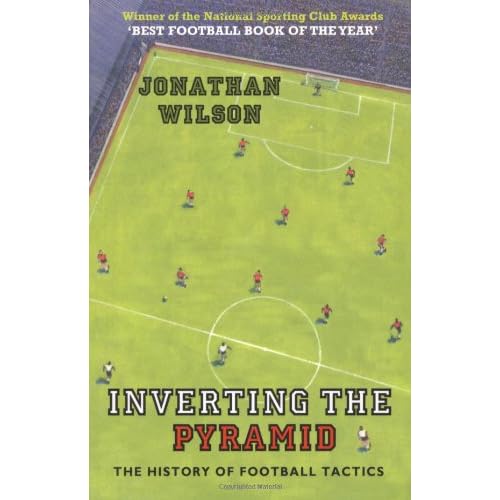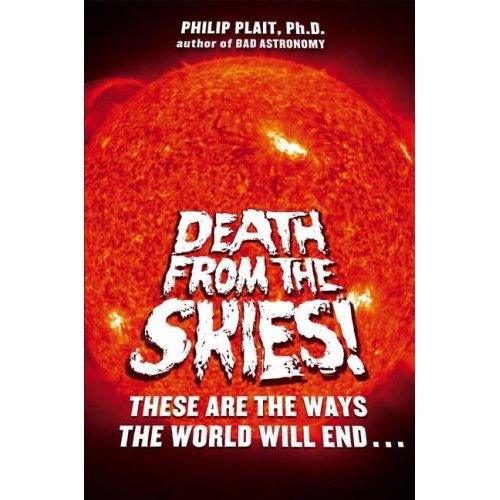As much shpilkes as First Media gave me with its customer service (or lack thereof) in Jakarta, when its cable TV did work it was actually quite nice given the price and location. On top of the local channels, you could get multiple sports channels (ESPN, Star Sports, Eurosport, ASN), plenty of entertainment options (Star World, AXN, etc.), educational (Discovery, National Geographic, Travel, etc.) and oodles of news stations (BBC, CNN, Fox Gnus, Al Jazeera, Australia Network, NHK, RAI, TV 5, KBS, etc.).
That, to put it mildly, is not the case here. Under the rules of living in the company apartments, we are not allowed expanded cable or satellite TV. That means no ESPN or Star Sports, no foreign news outlets (we're only allowed CNN International and the oh-so-pleasant Channel News Asia at work) and the only English-language channel is CCTV News, which is so packed with propaganda it doesn't even bear discussing. I've managed to work out the sports channels, which are CCTV 5 (the Official Sports Network of the People's Republic of China) and Beijing TV 6, and the latter is entirely local sports. Anything international -- soccer, basketball, Formula 1, tennis, volleyball, Olympics, etc. -- is on CCTV 5. It has the rights to the Bundesliga, Serie A, La Liga and Champions League, which is all very nice, but one can only plan one's schedule so much around matches that kick off at 2 a.m.
Long story long, I've started reading more (as well as polishing off Season 4 of The Universe, but that's a post for another day). In the past week, I've polished off the two hardcovers I received for my birthday. Book reviews come after the jump.
The first is "Inverting the Pyramid" by Guardian correspondent and tactics guru Jonathan Wilson. Admittedly, this book is targeted squarely at footie fanatics, and even then only for those who are interested in the nuts and bolts of the sport. If you do find yourself in that audience, though, this book is highly recommended. Think of it as the erudite, more well-rounded cousin of Andy Gray's "Flat Back Four" -- which covers the history of the sport's tactics with all the depth and impartiality typical of a former player turned TV pundit (and that's coming from someone who likes Andy Gray).
"Flat Back Four" does exactly what you would expect from a tactical history from the British perspective: it lionizes 4-4-2 as the most natural, functional formation out there, hails Celtic's "Lisbon Lions" for their triumphant attacking display in the face of Inter Milan's negative catenaccio, plays up the irreverent, scampish qualities of the Watford and Wimbledon teams of the 1980s without making any mention of the deleterious effects of their long-ball approach and the distrust of technique on the game in England, and so on.
"Inverting the Pyramid", on the other hand, takes a more varied, nuanced approach, something that becomes apparent as the author thanks people in upwards of 12 countries in his acknowledgements. While Wilson cannot call on the experience of playing for Everton and Scotland (two teams for whom I have a soft spot), the depth and breadth of his research more than make up for that and bring a level of context lacking in Gray's work. Wilson, like Gray, traces the growth of early tactical systems up through the modern era, but while Gray rarely strays far from home, Wilson introduces readers to men such as Boris Arkadiev, Bela Guttmann, Viktor Maslov, Eduard Malofeev -- coaches whose names may not come as readily to the lips of fans than those of Rinus Michels, Valeriy Lobanovskiy, Arrigo Sacchi and Jose Mourinho but were no less crucial to the evolution of the sport.
My appreciation of soccer and its tactics have come a long way since high school. I would send out teams in a 2-3-5 (the aforementioned "pyramid") while playing FIFA 2000 on the Playstation, all in the name of getting the ball forward and applying pressure. More forwards = more goals, right? I'm not about to go back into coaching or become a referee, but knowing the sport in greater detail is a great help in my work and produces no end of bemused looks when Europeans meet an American actually conversant in jogo bonito.
The other book is "Death from the Skies" by Phil Plait. Contrary to the title, this isn't about scare-mongering or doom and gloom but rather an entertaining preview of coming attractions with a solid grounding in science. Plait, who runs the excellent Bad Astronomy blog, covers doomsday scenarios from the easily conceivable (asteroid and comet impact, coronal mass ejection) to the far out (supernovae, gamma-ray bursts, black holes) to events inevitable but far in the future (death of the sun, galactic doom, death of the universe), ending each chapter with a realistic assessment of Earth actually facing such perils.
While it took me the better part of two weeks to get through "Inverting the Pyramid", "Death from the Skies" took me all of two days -- not because it was smaller (the books are of comparable size) but because of Plait's engaging style, intriguing subject matter and, yes, the fact that I'm an utter geek. If Neil deGrasse Tyson's "Death by Black Hole" is a gateway drug into astronomy and all the mayhem within, this is a great way to take the first full step into embracing science as something fun and useful. In one fell swoop (if 300-plus pages can be called a fell swoop), this book quiets fears sparked by breathless reports of killer asteroids, introduces readers to examples of the awesome and terrifying power of the universe and reminds them that nothing is truly eternal. Everything alive -- humans, animals, plants, planets, galaxies, even the universe -- will die someday, but that's OK. One of the quotes on the book's back cover sums up its ethos nicely: "Plait's message is simple: Eat, drink and be merry, for tomorrow -- or five billion years from now -- we die!"
I'm not sure which book to tackle next. Whichever I choose, though, I need to pace myself. My two boxes of books still haven't arrived from Jakarta, so I only have five more books to choose from and one is awfully thin!


No comments:
Post a Comment